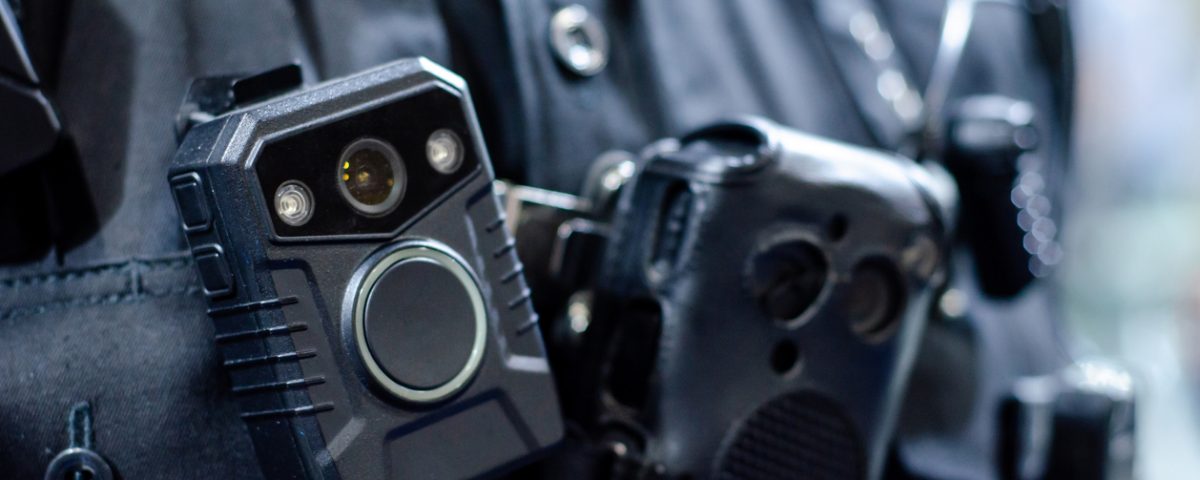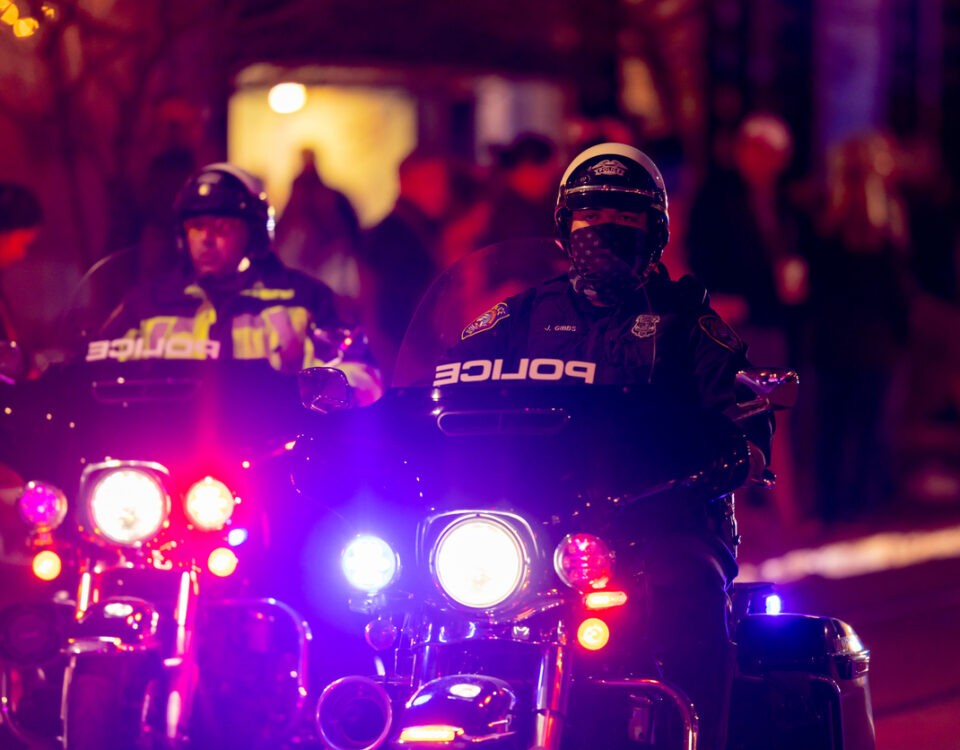Body Camera Updates in Policing

Best Practices for Public Servants
March 29, 2022
How Can Teachers Help Students Reach Their Goals?
April 11, 2022Body Camera Updates in Policing
Video equipment is a great way to get in on the action. Cyclists wore some of the first models in the late 1980s, such as helmet cams. They allowed sports enthusiasts and fans to follow athletes through every twist and turn. People in many areas recognized the potential of this technology, and body cameras quickly became popular for journalists, military personnel, covert surveillance, and even during business dealings and medical procedures.
However, one of the most high-profile body cam implementations is with police forces. Studies have shown that generally, police officers have a positive feeling about wearing body cameras. Records seem to indicate behavior improved from both the public and the officers responding to calls and disturbances. Nothing stands still, however, and this technology and perceptions about it are regularly evolving. Here are some of the latest updates on body cameras within policing.
Expanding Usage and Expectations
Body cameras for law enforcement have quickly become an expected piece of officer kit. Multiple states have mandated statewide use of body-worn video equipment by law enforcement. There are multiple issues surrounding the use of body cams by police, including:
- Ability of officers to stop or pause recordings at will, as this can damage or even destroy public trust
- Internal politics within city governments
- Personal privacy disputes, as in the state of Alaska, which has stringent privacy regulations
Public interest groups are watching closely how police departments use recordings and develop operational procedures concerning recorded information to prevent misuse.
Technological Capabilities and Implementation
The structure and capabilities of body-worn video equipment is growing, and police departments need to be aware of advancements in order to choose the best options for their particular needs.
An important example of technological development is the capability of livestreaming. The police department in Daytona Beach, FL, issues officers with body cameras capable of livestreaming footage. Supervisors can check with on-duty officers who have not communicated in awhile, and supervisors also receive notifications if officers draw weapons.
Law enforcement agencies are increasingly depending on footage from body-worn cameras to provide evidence about altercations and confrontations. The focus of this approach is to increase transparency, reduce distortion, and make ascertaining facts easier.
Training Purposes
Agencies can use footage from body-worn video equipment to train new officers. The footage from recordings shows actual, on-the-job interactions within particular areas. In essence, the recorded footage is the ultimate show-don’t-tell technique for instructing less experienced police recruits about situations they may face while on the job.
The use of body-worn video equipment is not new, but law enforcement is increasingly turning to body cameras. Usage will undoubtedly evolve as more law enforcement agecies adopt this technology. There are issues around the handling and operation of police body cameras, but more experience will teach best practices.
About PGUI
Professional Governmental Underwriters, LLC., is a full-service risk management company dedicated to assisting public, educational and non-profit entities in the management of their professional liability exposures including educators liability insurance. We are dedicated to providing state-of-the-art professional underwriting management and loss control advisory services on behalf of our designated carriers. For more information, call us toll-free at (800) 586-6502.


